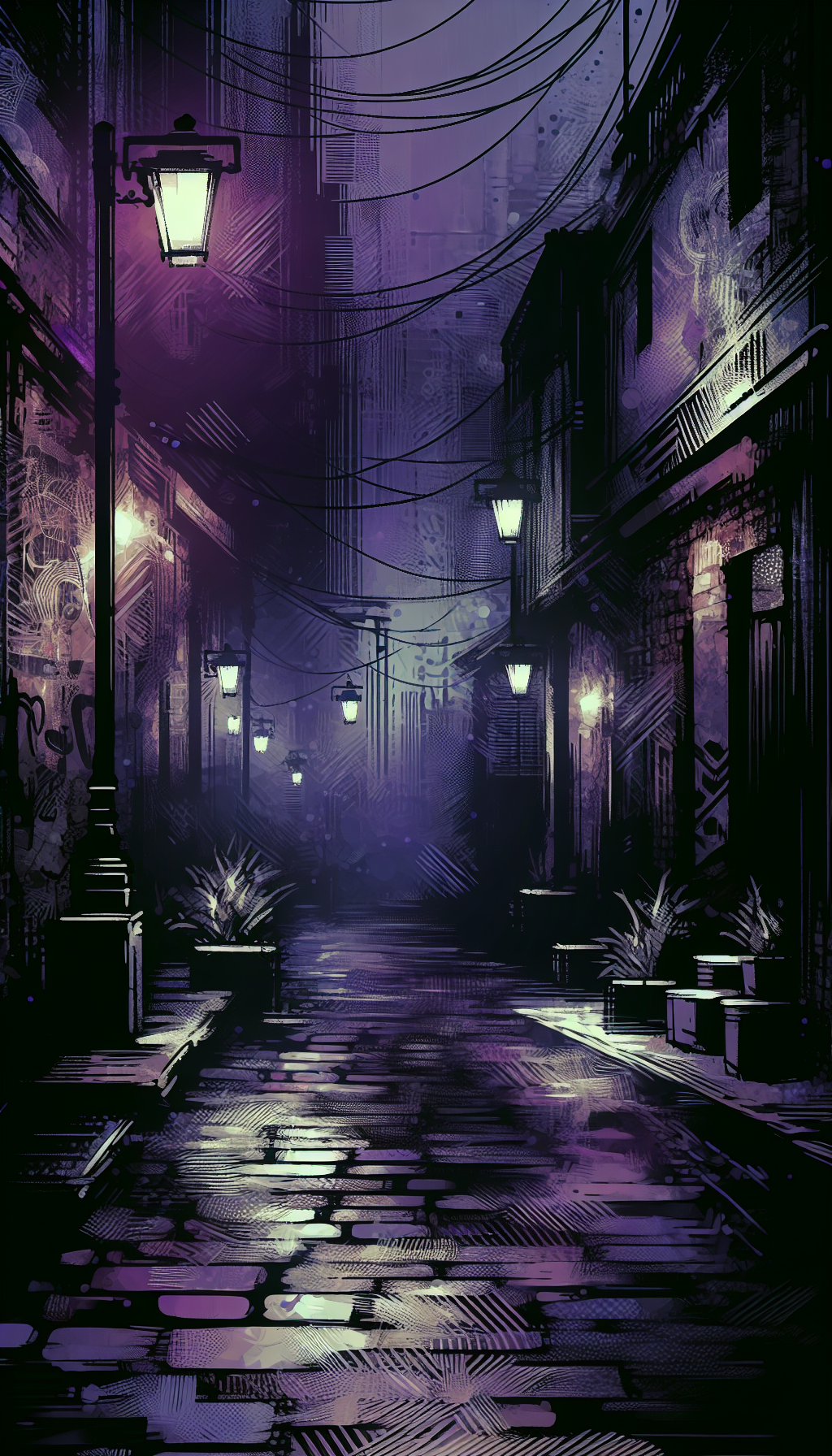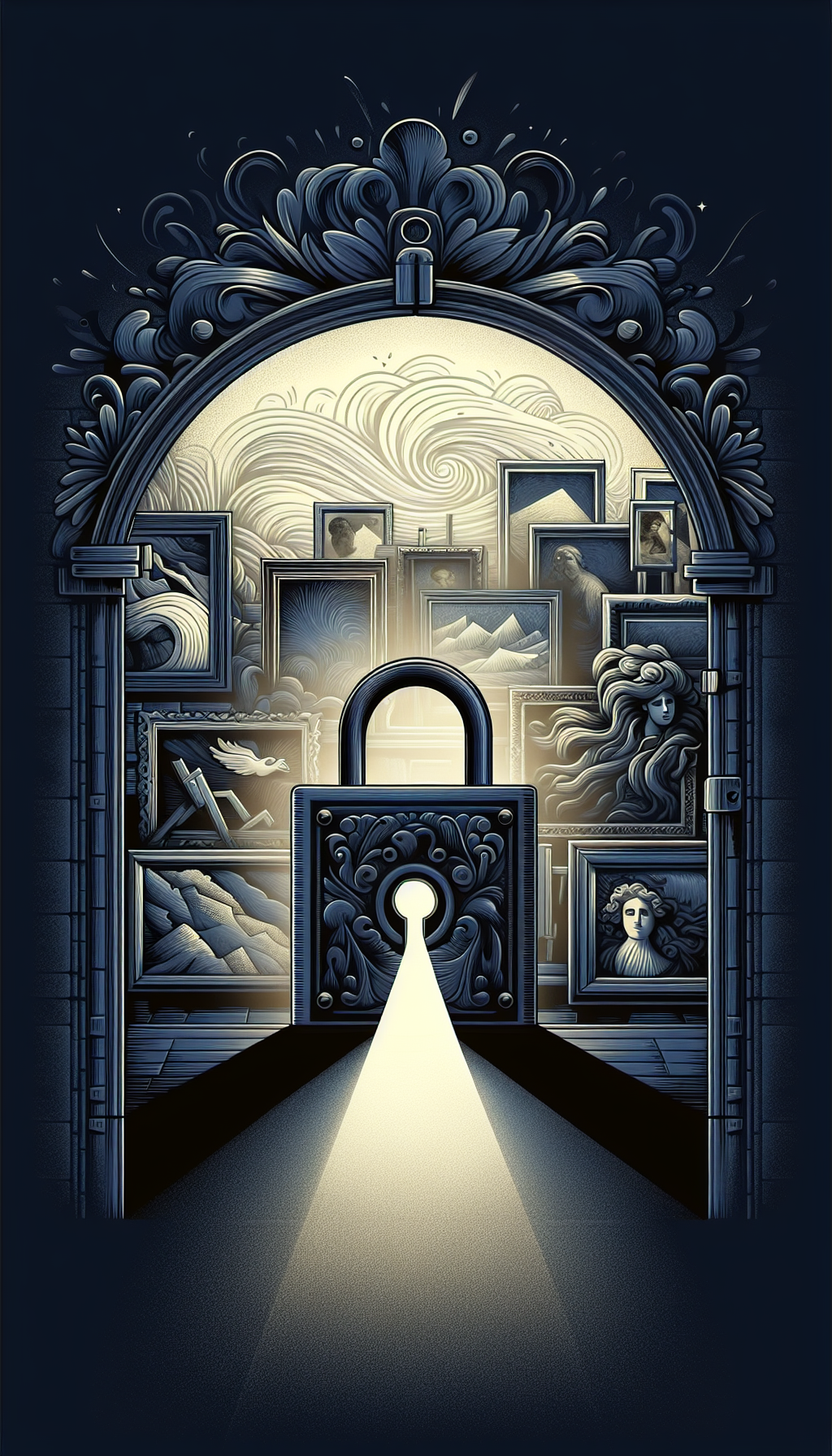Unlocking The Mystery Of Banksy Art Value An Insiders Guide To The Elusive Street Art Market
Banksy occupies a rare intersection: a globally recognized, culturally significant artist whose identity remains anonymous and whose output spans illicit street interventions, editioned prints, and studio works. For appraisers and collectors accustomed to signed oil paintings and clear catalogues raisonnés, Banksy introduces a different rulebook—one where a certificate from a single authentication body can determine whether a piece is a blue-chip asset or an unsellable curiosity.
This guide distills the essentials for understanding and appraising Banksy, focusing on what truly drives value, how to assess risk, and how to build defensible valuations in a fast-moving market.
What Really Drives Banksy Values
Cultural impact and demand: Banksy’s mass recognition, media resonance, and political bite fuel robust demand beyond traditional contemporary art circles. The broad buyer base—from seasoned collectors to new money—supports liquidity, especially for iconic images.
Scarcity by design: Early releases were intentionally limited. Many images exist in tightly controlled edition sizes, and some of the most famous images have few or no authorized originals available. Scarcity underpins price.
Authenticity bottleneck: Authenticity for Banksy is centralized. Pest Control (Banksy’s official body) is widely regarded as the sole authority for authenticating works. In practical terms, a Pest Control certificate unlocks market access; without it, demand collapses.
Image hierarchy: Some motifs are simply more coveted—think Balloon Girl/Girl with Balloon, Love Is In The Air (Flower Thrower), NOLA (Umbrella Girl), Laugh Now, Choose Your Weapon, and others. Iconic subject matter carries a persistent premium.
Medium and portability: Portable, editioned prints are easier to insure, ship, and resell than wall fragments or large studio works. That convenience translates into deeper buyer pools and, typically, more stable pricing.
Market cycles: Banksy has experienced pronounced cycles aligned with broader macro trends. Values have historically risen sharply during bullish periods, cooled after exuberant peaks, and then reset at higher plateaus for the most important images. Your valuation should reflect not only comparables but also the current phase of the cycle.
Two Distinct Markets: Prints vs. Street and Studio Works
Understanding the bifurcation of the Banksy market is foundational.
Editioned prints: Released primarily via Pictures on Walls (POW) from the early 2000s through the 2010s, prints are the core of the secondary market. Typical structures for many images include signed and unsigned versions of the same design, often around 150 signed and 600 unsigned, though actual numbers vary by edition. Prints are usually screenprints on fine art paper with margin inscriptions, edition numbers, and a signature (for signed versions). They are the most frequently traded category and form the bulk of auction comparables.
Hand-finished and rare variants: Beyond standard editions, artist proofs (AP), printer’s proofs (PP), and hand-finished pieces exist in very small numbers. Genuine hand-finished works—where the artist adds unique elements—sit in a different price tier. Colorway variants or special releases with distinctive inks/papers can also command meaningful premiums.
Studio works: Paintings and sculptures are rarer, often more valuable per piece, and much more idiosyncratic. Each work must be evaluated on its own merits with heightened scrutiny around provenance and condition.
Street pieces and wall fragments: These occupy a controversial niche. Many are removed without the artist’s consent, often suffering substantial damage. Market acceptance is uneven, legal and ethical issues abound, and authentication is frequently withheld. Serious collectors often avoid these unless provenance, condition, and legality are unimpeachable—an uncommon alignment.
Authentication and Provenance: Pest Control and Paper Trails
In the Banksy market, authenticity is binary. The presence or absence of a Pest Control certificate of authenticity (COA) dictates salability and price.
Pest Control COA: Pest Control is recognized as the sole authenticator. They issue COAs for qualifying works. Over the years, certificate formats have evolved; earlier paper forms differ from later tamper-resistant versions. Always verify issuance directly with Pest Control if the certificate’s form or details are unfamiliar.
What the COA covers: For prints and studio works, a COA typically confirms the artist, title, date, medium, edition size, and edition number (if applicable). The COA should correspond precisely to the physical work’s inscriptions and dimensions.
What the COA does not solve: Condition, completeness, and potential restoration remain outside authentication—these materially affect value. Also, for street pieces and unauthorized extractions, authentication is typically not provided. A seller’s “gallery letter” or third-party “certificate” is not a substitute.
Provenance chain: Beyond the COA, document the chain of custody—original invoice from POW or a reputable dealer, correspondence, prior auction listings, and framing invoices. For prints, consistency in numbering and signature placement across that chain is key. Any break or inconsistency warrants deeper inquiry.
Red flags: Mismatched edition numbers across paperwork and print; nonstandard dimensions suggesting trimming; over-bleached paper or bright white margins inconsistent with age; ink sheen inconsistent with known screenprint layers; unusual signatures, dedications, or stamps out of step with the release.
Edition Nuances That Move Price
The Banksy print market assigns clear premiums and discounts based on edition attributes.
Signed vs. unsigned: Signed examples typically command a notable premium over unsigned of the same image and condition. The magnitude varies by image and market mood, but the premium can be substantial given broader collector preference.
AP, PP, and rare proofs: APs and PPs generally carry premiums due to scarcity; hand-finished pieces reside in a category of their own with significantly higher valuations. Always confirm proof counts and release context, as not all proofs are equal across images.
Colorways and variants: Certain images were released in alternate colorways or had early test pulls. Desirable variants can fetch large multiples of the standard edition; obscure or minor variants may carry modest premiums. Specific knowledge of each image’s release history is crucial.
Publisher marks and inscriptions: Many earlier prints bear a POW blindstamp; others might not. Expect to see edition numbers in pencil at the lower margin, often with the signature on the opposite margin in the signed version. Personalized dedications can reduce desirability unless tied to a notable figure; in such cases, context determines outcome.
Paper and format: Original deckled edges, correct paper stock, and full margins matter. Any trimming—often done to fit frames—can materially reduce value. An untrimmed, unmounted sheet with full margins in excellent condition is the standard against which others are measured.
Image hierarchy within editions: Even within a single image, certain edition numbers or sub-variants (e.g., early pulls with unique quirks) can be more sought after, especially if well-documented. However, number fetishization is secondary to condition and provenance.
Condition, Conservation, and Value Impact
Paper is unforgiving, and Banksy prints are no exception. The market is increasingly condition-sensitive.
Common issues: Handling creases, corner bumps, soft cockling from humidity, tape/staple holes from improper hanging, paper discoloration, and scuffing to ink layers. UV exposure can mute blacks and shift paper tone.
Mounting and hinging: Dry mounting or aggressive adhesives can be disqualifying for top-tier collectors. Museum hinges with reversible, conservation-grade adhesives are preferred. Any attachment to board must be disclosed and priced accordingly.
Framing: Non-UV glazing and acidic mats can cause toning and burn lines. Look for UV-filtering acrylic or glass and acid-free, buffered mats. Spacers that prevent ink-to-glazing contact are best practice.
Restoration: Professional conservation can stabilize issues, but invasive work (washing, bleaching, inpainting ink layers) can depress value or at least demand clear disclosure and documentation. Light cleaning and deacidification, when appropriate and documented, can be acceptable.
Condition grading: Appraisers often employ a tiered approach (e.g., Mint/Near Mint/Very Good/Good/Fair) with narrative descriptions. Be specific: identify exact crease locations, measure tears, note margin integrity, and describe any toning gradients.
Packaging from release: Some prints were shipped rolled; flattening by an experienced paper conservator is standard. Flattening ripples is not inherently a defect, but heavy roll memory or micro-creases can be.
Pricing Method: Building Defensible Comparables
Banksy valuations benefit from a structured, repeatable method. Here’s a framework appraisers can adapt.
Define the subject precisely: Title, year, medium (screenprint), edition size, signed vs. unsigned, and any variant information. Note exact dimensions, margins, and paper stock if known.
Establish a condition baseline: Assign a condition tier with detailed notes. Adjust comparables to match your subject’s tier as closely as possible.
Collect comparables across venues: Assemble recent sales from major and mid-tier auctions and reputable private-sale data where accessible. Favor the last 12–24 months, but include earlier sales for context on volatility. Note buyer’s premium and currency.
Normalize comparables: Convert to a single currency and net out premiums if comparing unlike fee structures. Align comp attributes—signed vs. signed, identical image and edition, similar condition.
Apply attribute adjustments:
- Signature status: Signed tends to command a significant premium over unsigned.
- Proof status: AP/PP premiums vary; hand-finished works are a separate tier.
- Condition: Deduct for each material defect; trimming, staining, and restoration typically drive the largest discounts.
- Dedications: Often a discount unless provenance to a notable recipient adds appeal.
- Framing: Archival framing is neutral to slightly positive; non-archival or mounted is negative.
Sense-check with liquidity: Highly traded images (e.g., Balloon Girl, Flower Thrower) support tighter ranges. Less-liquid images require bigger caution bands. If only old comps exist, widen your value range to reflect uncertainty.
Document your assumptions: Record why comps were selected and how adjustments were applied. This paper trail matters for clients, insurers, and future audits.
Practical Appraiser’s Checklist
- Verify Pest Control COA; confirm certificate details match the print exactly.
- Cross-check edition number, signature placement, and inscriptions against known release norms.
- Measure the sheet; ensure full, untrimmed margins and correct paper type.
- Inspect for handling creases, corner bumps, scuffs to ink layers, and surface abrasions under raking light.
- Check for UV exposure: paper toning, faded blacks, or mat burn.
- Examine the verso for mounting residues, tapes, or adhesive staining.
- Review framing materials: UV glazing, acid-free backing, and proper spacers.
- Corroborate provenance: invoices, prior listings, framing receipts, and correspondence.
- Build a comp set of at least 3–5 closely matched sales within 12–24 months.
- Write a transparent condition narrative and note any conservation performed.
FAQ
Q: Are unsigned Banksy prints still valuable? A: Yes. Unsigned prints of iconic images can be highly valuable, provided they have a Pest Control COA and strong condition. Signed versions usually command a premium, but unsigned examples remain core market staples.
Q: Can a Banksy mural cut from a wall be authenticated and sold? A: In most cases, Pest Control does not authenticate unauthorized extractions, and many serious buyers avoid them. Legal ownership, damage from removal, and ethical concerns make wall fragments very risky and less liquid than prints.
Q: Do personalized dedications reduce value? A: Often, yes. Dedications can narrow the buyer pool and typically result in a discount. Exceptions exist if the recipient is notable and the association adds provenance interest.
Q: How do I spot a red flag quickly? A: Start with paperwork: a missing or questionable Pest Control COA is the biggest warning. Next, check for trimmed margins, inconsistent edition inscriptions, and non-archival mounting—each can materially impact value or salability.
Q: Will Banksy prices keep rising? A: Long-term demand for top images has been resilient, but prices are cyclical. Anchor valuations in recent, like-for-like comparables and be prepared to widen ranges when liquidity thins.
By focusing on authentication, edition nuance, condition discipline, and rigorous comparable selection, appraisers can navigate the elusive Banksy market with confidence. In a field where one document can separate an icon from an also-ran, discipline—not hype—is your best tool.




